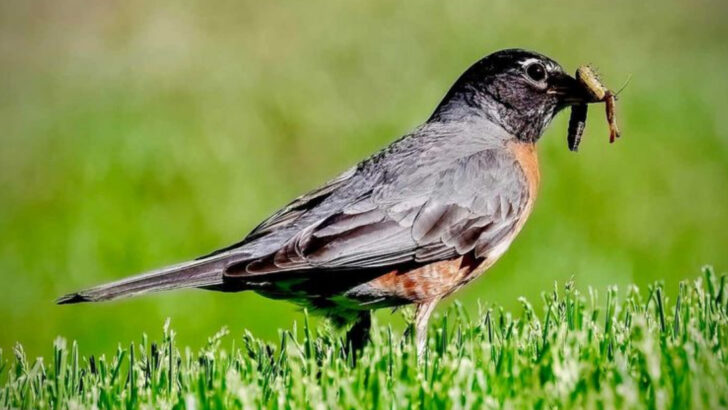Not every wild visitor is a Disney moment.
Some show up like a wrecking ball—tearing up gardens, gnawing on wires, and turning your peaceful property into a disaster zone overnight.
But here’s the twist: not all wildlife is the enemy. In fact, some of the sneakiest-looking critters are quietly doing your yard a favor.
From furry vandals to feathered gardeners, it’s time to separate the destroyers from the helpers.
Let’s meet the ten animals that sabotage your space… and the ten you should absolutely roll out the welcome mat for.
Wild Boar
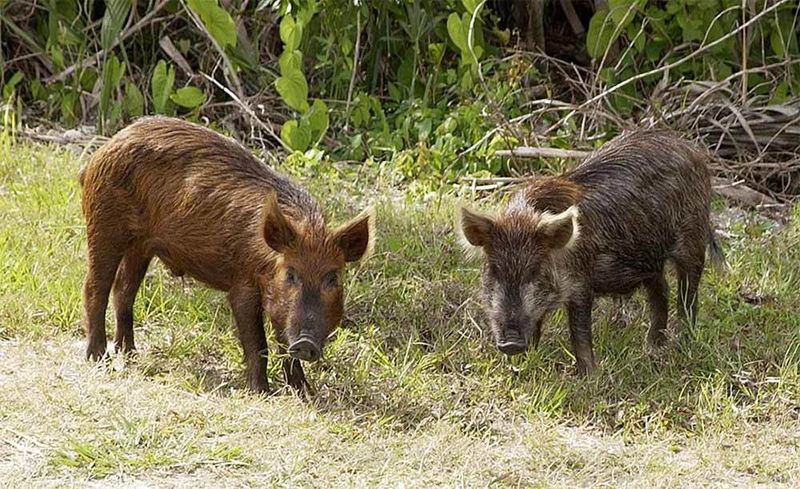
With tusks like spades, wild boars can turn a manicured lawn into a scene of chaos overnight. Their habit of rooting in search of food can decimate gardens and disturb landscapes. In rural areas, they are notorious for damaging crops and spreading diseases to livestock. Boars are nocturnal and often travel in groups, making them challenging to manage. A single boar can weigh up to 300 pounds, and their aggressive nature adds to their threat. Farmers and property owners often employ fencing and traps to mitigate their destructive tendencies.
Deer
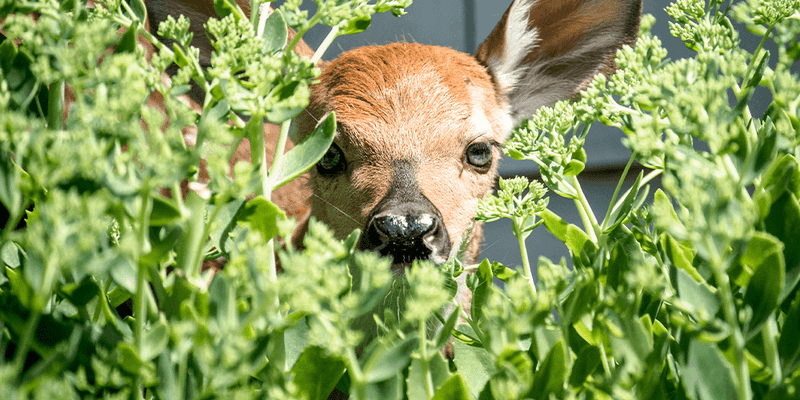
Deer, while picturesque, can be garden pests. Their appetite for a variety of plants makes them a common nuisance in suburban areas. They are particularly fond of tender shoots and flowers, which can devastate ornamental gardens. Despite being a symbol of grace, their presence can lead to ecological imbalance. During harsh winters, they may strip bark from trees, causing long-term damage. To deter deer, homeowners often use natural repellents or install physical barriers such as tall fences. Deer population management is essential to prevent overgrazing and habitat loss.
Raccoons
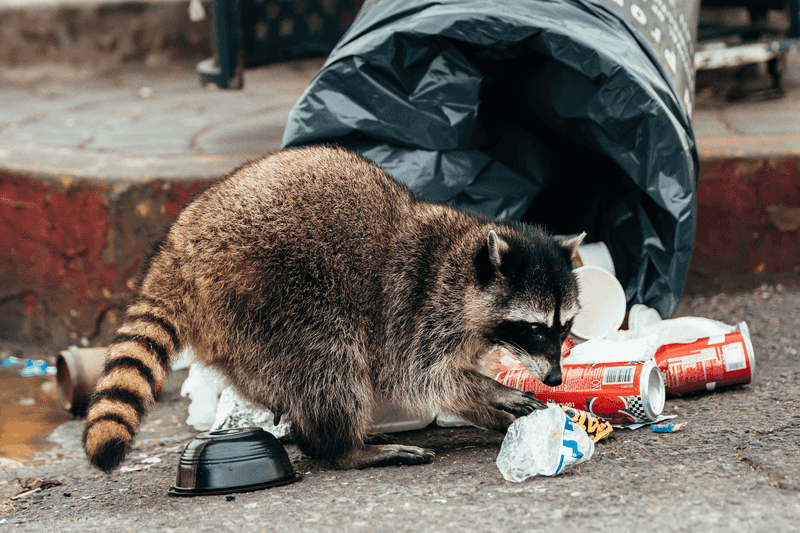
Raccoons are the urban scavengers, famous for their masked faces and nimble paws. They raid trash bins, leaving a trail of litter in their wake. Their intelligence and adaptability make them formidable pests in city environments. Raccoons are also known for breaking into attics, where they can cause structural damage and leave behind droppings. Their presence can increase the risk of disease transmission, such as rabies. To keep raccoons at bay, secure garbage bins and seal entry points to homes. Their nocturnal nature often leads to unexpected encounters.
Squirrels
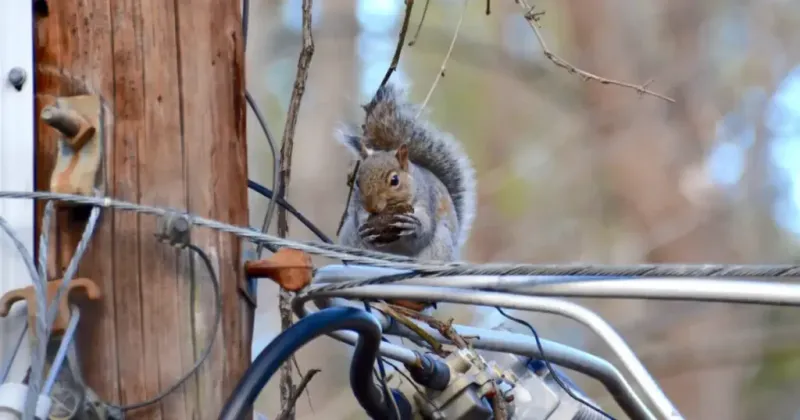
Squirrels, with their bushy tails and playful antics, can be deceptive. They often invade attics, gnawing on electrical wiring and insulation, posing fire hazards. Their relentless chewing is a means to keep their ever-growing teeth in check. While they enjoy a diet of nuts and seeds, they will dig up bulbs and raid bird feeders. In urban areas, squirrels can damage young trees and plants. Efforts to prevent their intrusion include trimming trees to avoid roof access and using repellents. Despite their charm, squirrels can be persistent invaders.
Mice
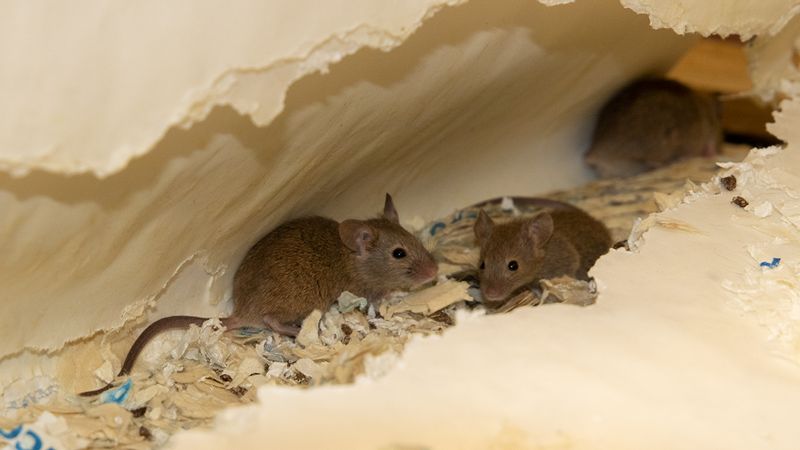
Mice are small but destructive, often finding their way into homes through tiny crevices. Once inside, they contaminate food supplies and gnaw on structures and wiring. Their rapid reproduction can lead to infestations in a short time. Mice droppings and urine pose health risks, spreading diseases like hantavirus. To combat mice, homeowners set traps and seal entry points meticulously. Despite their size, mice are resourceful and can squeeze through openings as small as a dime. Effective pest control often requires a multifaceted approach, combining traps and exclusion techniques.
Bats
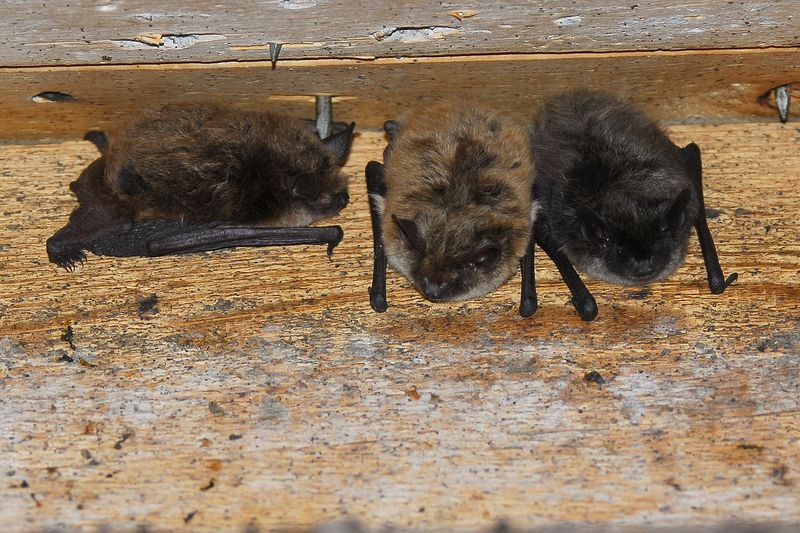
Bats, often misunderstood, can cause problems when they roost in attics. Their guano accumulates, leading to unpleasant odors and possible health risks. Bats are protected by law in many places, which can complicate removal efforts. They play a crucial role in controlling insect populations, yet their presence in homes is unwelcome. To prevent bat intrusions, seal entry points once the bats have vacated. Detection often occurs by observing their evening flight patterns. Despite their eerie reputation, bats are vital to ecological balance, offering natural pest control benefits.
Gophers
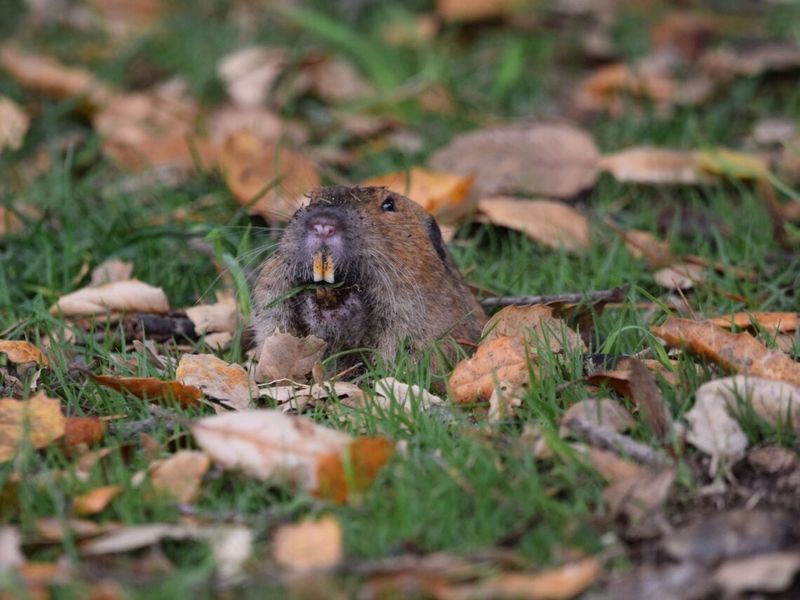
Gophers are notorious for their burrowing habits, which can wreak havoc on gardens and lawns. Their tunnels disrupt soil structure, affecting plant roots and irrigation systems. A single gopher can create extensive networks of tunnels, leading to soil erosion. They feed on roots, bulbs, and tubers, making them a gardener’s nemesis. Gopher mounds are telltale signs of their presence, often appearing overnight. Control measures include traps and baiting, but gophers are persistent. Despite their small size, their impact on agriculture and landscaping can be significant.
Termites

Termites are the silent destroyers, often going unnoticed until significant damage is done. They feed on cellulose, found in wood, making homes and structures prime targets. Termite infestations can lead to costly repairs, as they weaken wood from the inside out. Mud tubes on exterior walls are a sign of their activity, as is hollow-sounding wood. Preventive measures include regular inspections and chemical treatments. Despite their destructive nature, termites play a role in breaking down dead trees in forests. Their management is crucial to preserving property integrity.
Moles
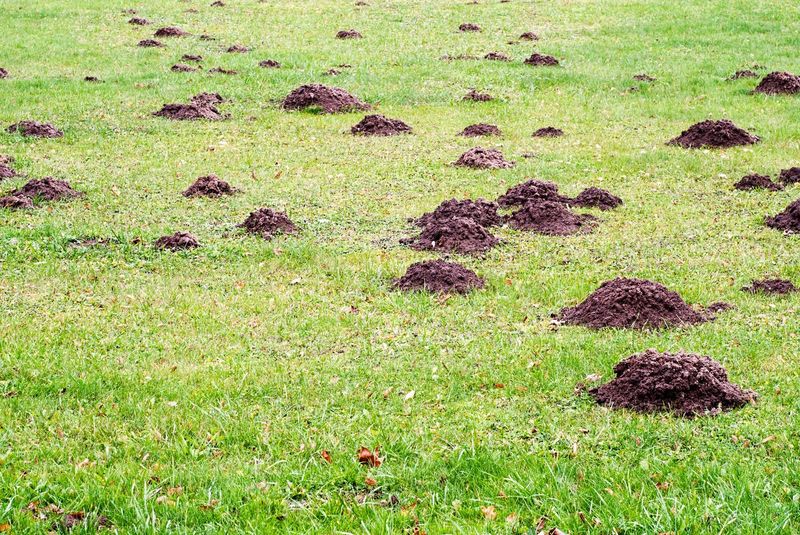
Moles, though rarely seen, leave visible damage on lawns through their tunneling. Their quest for insects and grubs can result in unsightly lawn ridges and molehills. These activities disrupt root systems and can create tripping hazards. Moles are solitary creatures, and a single individual can cover a vast area. Control methods include traps and repellents, but their underground lifestyle makes them elusive adversaries. Despite their impact, moles contribute to soil aeration and pest control. Understanding their behavior can aid in effective management strategies.
Coyotes
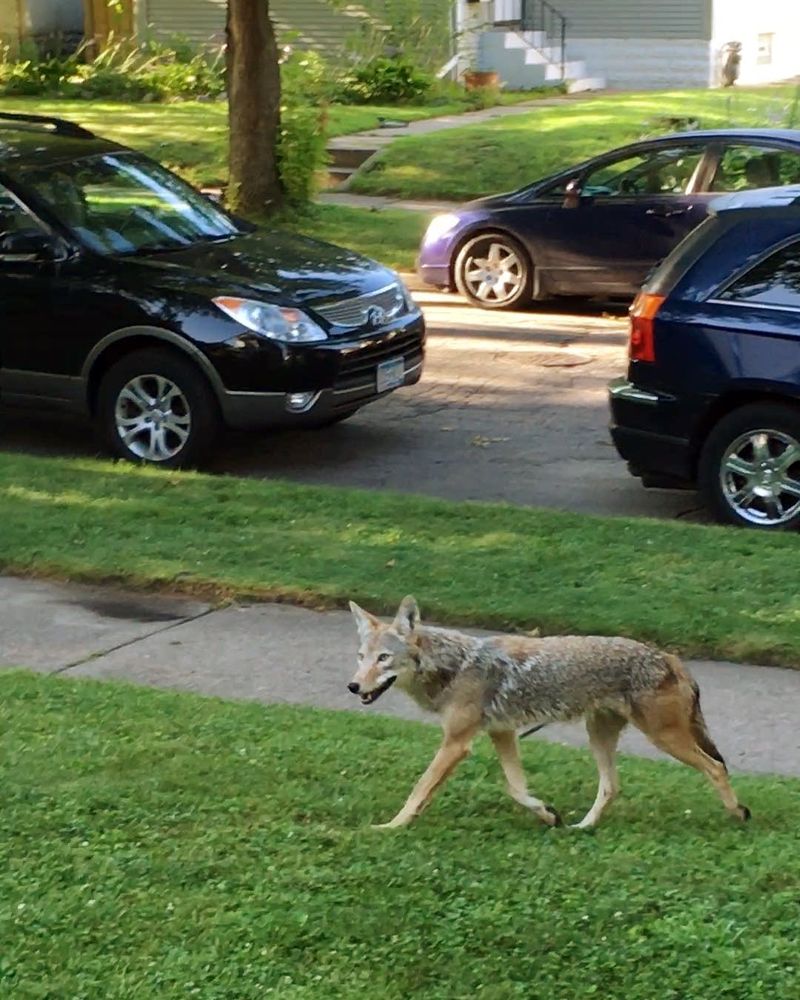
Coyotes are adaptable predators often seen in suburban areas, posing threats to pets and livestock. Their howls echo through neighborhoods, a reminder of their presence. Coyotes hunt in packs, increasing their effectiveness as hunters. While they help control rodent populations, their boldness in urban settings can lead to conflicts. To deter coyotes, secure garbage bins and supervise pets outdoors. They are opportunistic feeders, thriving in diverse environments. Understanding coyote behavior and implementing preventive measures can reduce unwanted encounters. Coexistence is key in areas where wildlife habitats overlap with human communities.
Ladybugs

Tiny yet mighty, ladybugs are gardeners’ allies, feasting on aphids and other pests. Their presence in gardens means fewer insect infestations, leading to healthier plants. A single ladybug can consume up to 5,000 aphids in its lifetime. Their vibrant red and black coloration is a natural deterrent to predators. Ladybugs are also considered symbols of good luck in many cultures. Encouraging ladybug populations involves planting pollen-rich flowers. Despite their small size, they play a significant role in maintaining ecological balance in gardens.
Bees
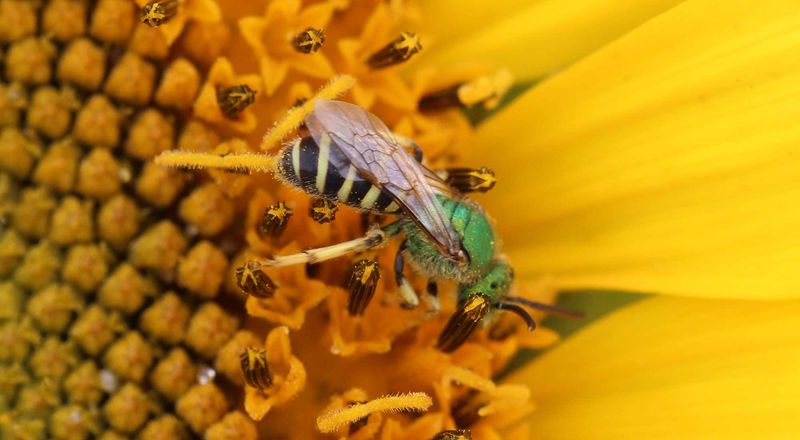
Bees are essential pollinators, playing a vital role in food production. Their work ensures the growth of fruits, vegetables, and flowers. Contrary to their reputation for stinging, bees are generally non-aggressive when foraging. A single bee can visit thousands of flowers in a day, spreading pollen as it goes. Protecting bee populations involves minimizing pesticide use and planting bee-friendly flora. Bees’ contributions extend beyond pollination, as they also produce honey and beeswax. Their presence in gardens and farms is crucial for biodiversity and ecological health.
Earthworms
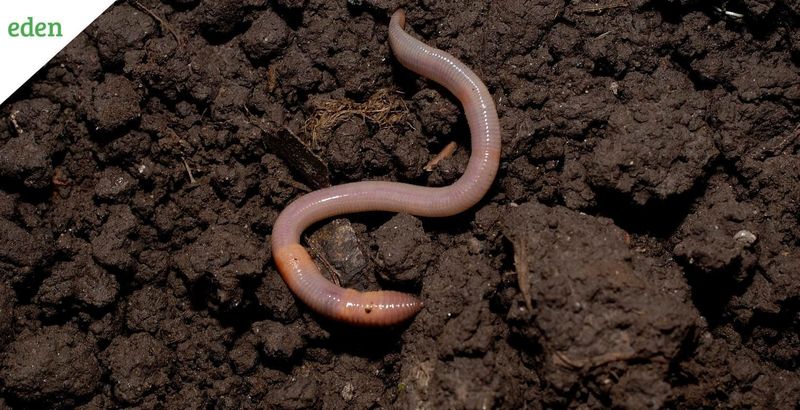
Earthworms are underground allies, vital for soil health and fertility. Their burrowing activity aerates the soil, enhancing its structure and drainage. As they consume organic matter, they break it down into nutrient-rich castings. This process enriches the soil, promoting robust plant growth. Earthworms are a key indicator of healthy soil ecosystems. Encouraging earthworm activity involves maintaining a moist, organic-rich environment. Their discreet work beneath the surface supports sustainable gardening and farming practices, contributing to a thriving landscape.
Hummingbirds
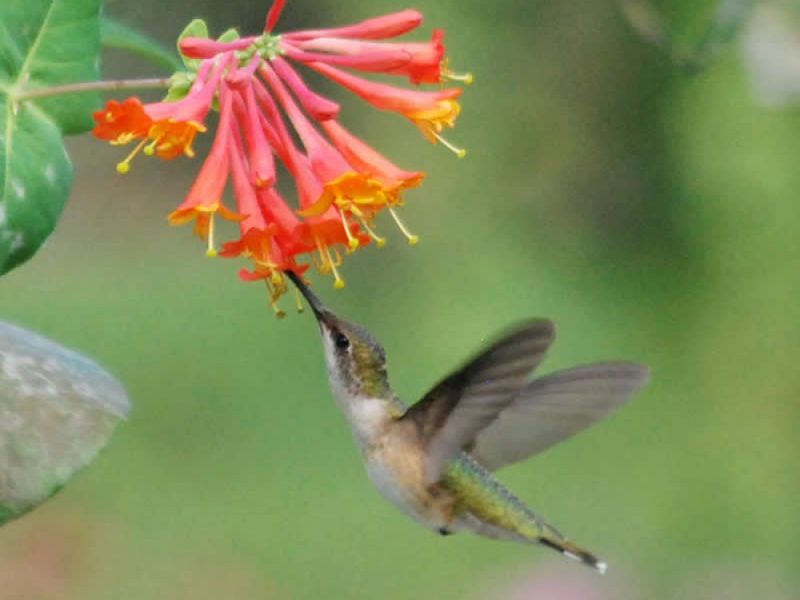
Hummingbirds are nature’s acrobats, known for their incredible agility and speed. Their rapid wing beats allow them to hover while feeding on nectar. In doing so, they pollinate flowers, supporting plant reproduction. Hummingbirds are attracted to brightly colored blooms, especially reds and oranges. To invite these vibrant birds, plant native flowering plants and consider sugar-water feeders. Hummingbirds’ presence adds a dynamic element to gardens, delighting observers with their aerial displays. Their role in pollination is crucial for maintaining garden biodiversity and beauty.
Owls
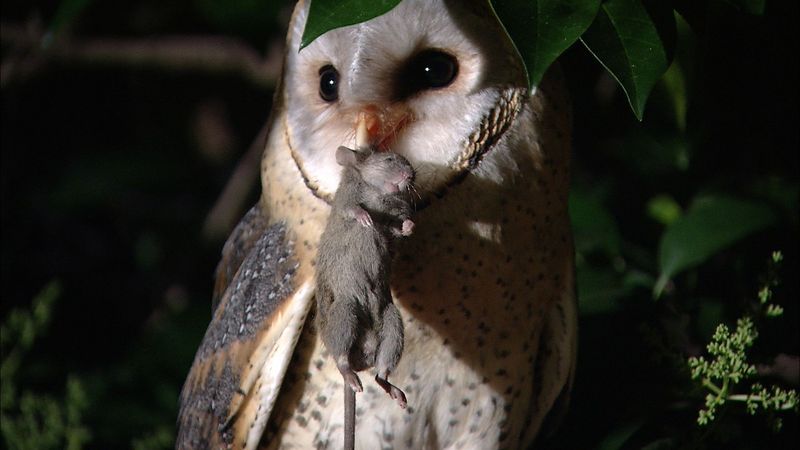
Owls are silent hunters, their nocturnal habits and keen hearing making them effective rodent controllers. They consume large quantities of mice and rats, reducing pest populations naturally. Owls are often found in wooded areas, where they roost in tree cavities. Their presence is a sign of a healthy ecosystem. Encouraging owls involves providing nesting sites and minimizing pesticide use. Despite their elusive nature, owls play a vital role in maintaining ecological balance. Their haunting calls and mysterious demeanor add to the allure of nighttime landscapes.
Dragonflies
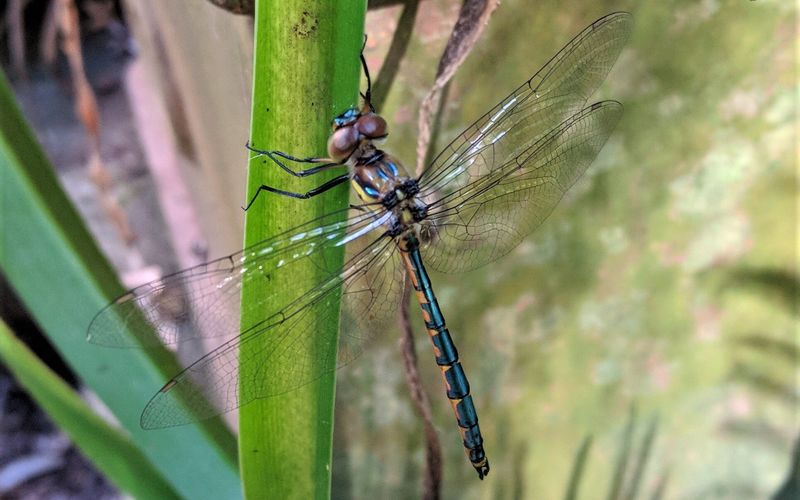
Dragonflies are aerial hunters, adept at controlling mosquito populations. Their agile flight and keen eyesight make them formidable predators. Dragonflies thrive in wetland areas, where they breed and hunt. Encouraging dragonflies involves maintaining healthy aquatic habitats and minimizing water pollution. They are indicators of a balanced ecosystem, often seen darting over ponds and streams. Besides their ecological role, dragonflies captivate with their striking colors and delicate wings. Their presence in gardens and near water bodies is both beneficial and visually enchanting.
Robins
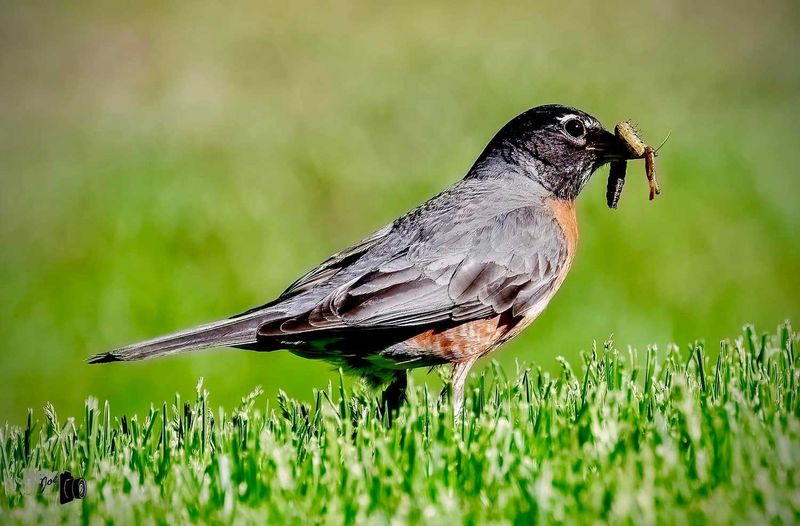
Robins are familiar backyard visitors, known for their cheerful songs and vibrant plumage. They forage for insects and worms, helping keep garden pests in check. Robins are often seen hopping across lawns, cocking their heads to listen for prey. Their spring arrival is a harbinger of warmer days. To attract robins, provide a water source and plant native trees and shrubs. Their presence enhances garden life with both song and pest control benefits. Robins’ adaptability makes them a beloved addition to suburban and rural landscapes alike.
Frogs

Frogs are natural pest reducers, consuming large quantities of insects. Their croaks add a symphony to garden nights, signaling a healthy environment. Frogs thrive in moist habitats, often near ponds or shaded areas. Creating a frog-friendly garden involves providing water features and minimizing pesticide use. Frogs’ presence indicates a balanced ecosystem, as they are sensitive to environmental changes. Beyond their ecological contributions, frogs fascinate with their diverse colors and calls. Protecting frog habitats supports biodiversity and enhances garden vitality.
Butterflies
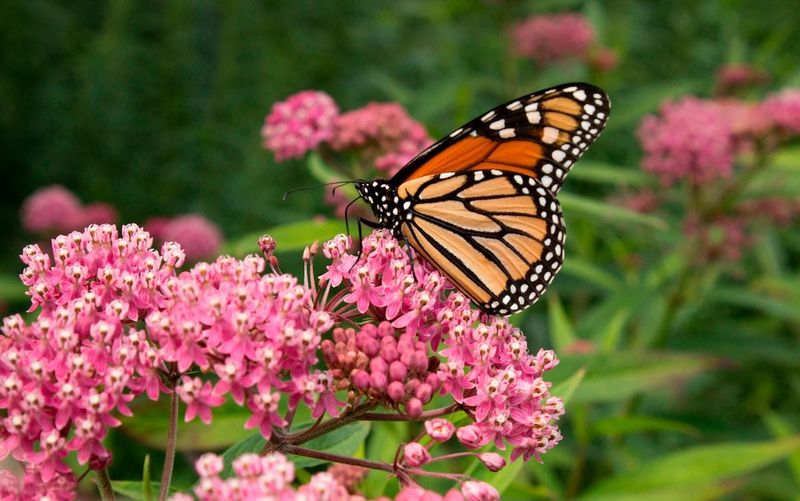
Butterflies grace gardens with beauty and aid in pollination. Their presence indicates a diverse and healthy ecosystem. Butterflies are attracted to nectar-rich flowers and require host plants for their caterpillars. Monarch butterflies, in particular, rely on milkweed for reproduction. Planting butterfly-friendly gardens supports their life cycle and aids conservation efforts. Butterflies’ delicate flight and vivid colors add to the garden’s charm. Their role in pollination helps maintain plant diversity and ecological balance, making them invaluable allies in any garden setting.
Praying Mantis
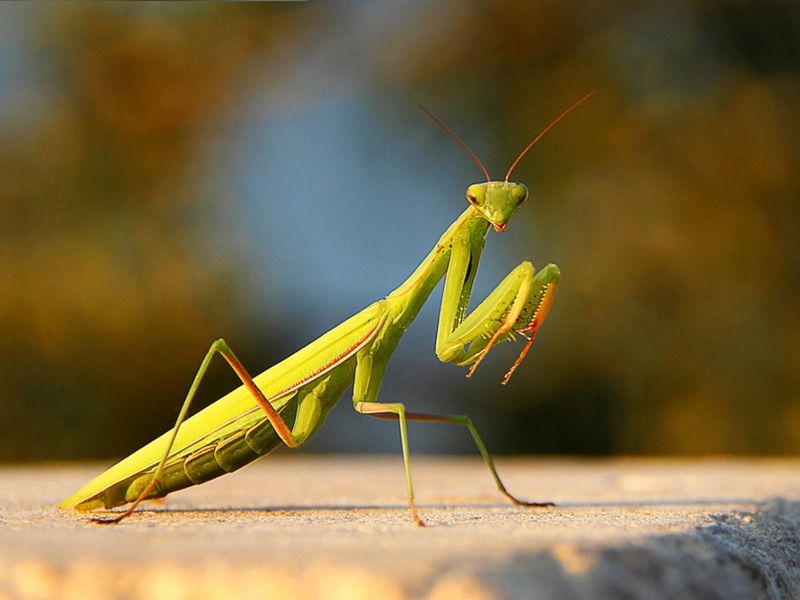
With its alien-like appearance, the Praying Mantis stands as a vigilant guardian of the garden. These insect assassins feast on a variety of pests, from beetles to aphids, promoting a healthy plant habitat. What makes them intriguing is their methodical approach to hunting, often remaining motionless before striking with lightning speed.
The Praying Mantis is known for its curious habit of turning its head 180 degrees to survey its surroundings. This ability, along with their predatory skills, makes them an asset to gardeners.
Did you know? The female mantis sometimes eats the male after mating, a fact that adds a wild twist to their reputation.

